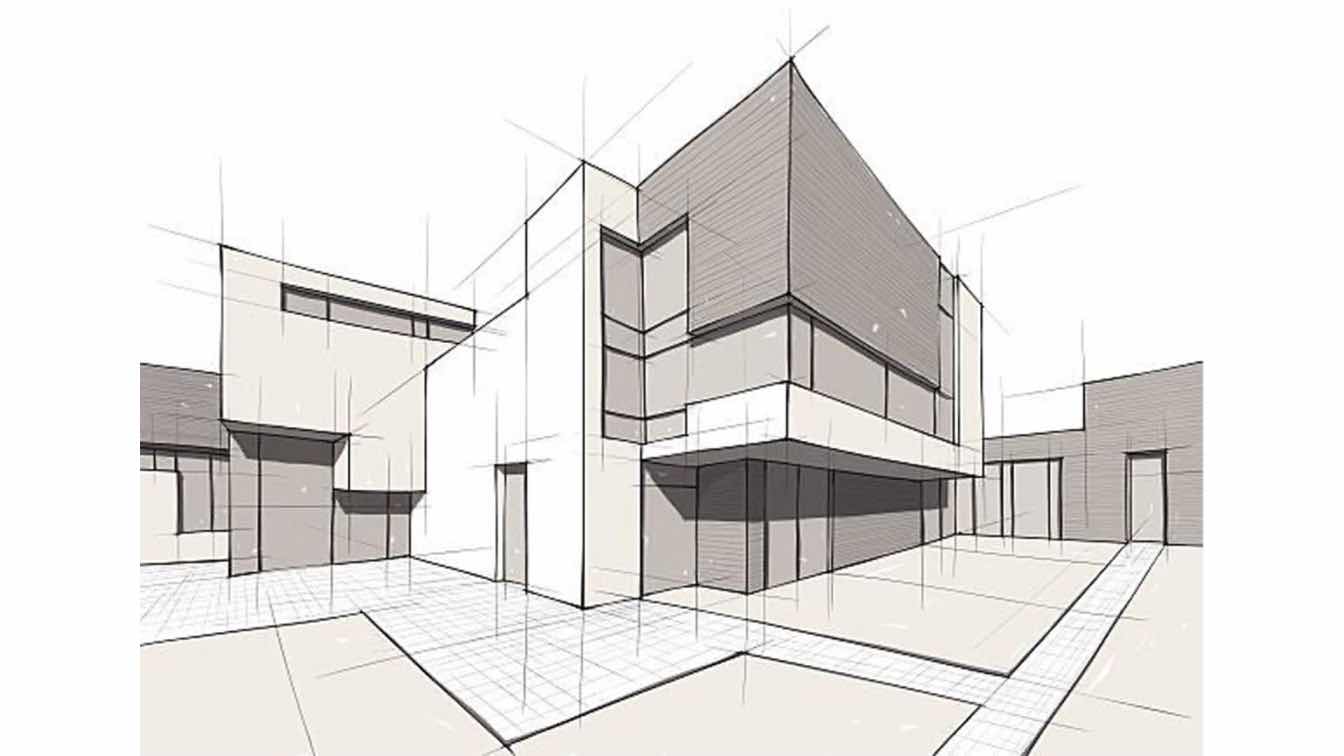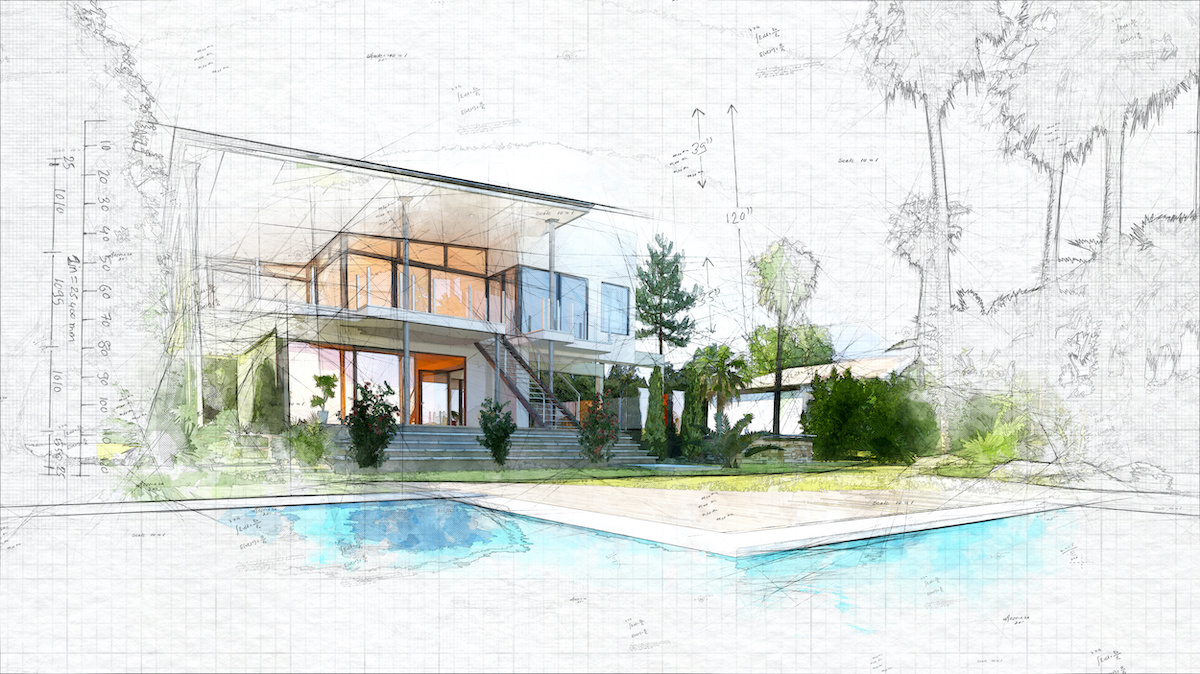A Comprehensive Overview of Architectural Styles and Their Influence on Modern City Preparation and Growth
Building styles have long worked as a mirror to the social worths and technological developments of their time, playing a vital function in shaping modern city preparation and development. From the magnificence of Neoclassicism to the utilitarian strategy of Brutalism, each design has actually presented special ideas that influence metropolitan aesthetics and capability. As modern difficulties develop, including sustainability and area requirements, understanding these historic structures becomes crucial. The resulting discussion not only educates future style techniques yet likewise elevates essential questions concerning the balance in between heritage and advancement in our developing city landscapes.

Historical Summary of Building Designs
Throughout background, building designs have advanced in feedback to cultural, technological, and environmental elements. Each period shows the dominating values, beliefs, and improvements of its time, leading to a rich tapestry of style that indicates human creative thinking and adjustment. The old human beings, such as the Egyptians and Greeks, developed fundamental designs that stressed proportion and percentage, serving both useful and visual objectives.
As cultures transitioned with the Center Ages, Gothic design emerged, identified by its verticality and detailed describing, matching the spiritual ambitions of the age. The Renaissance marked a revival of classical ideals, combining art and design in cutting-edge ways that influenced succeeding styles throughout Europe.
The Industrial Change presented new materials and building techniques, triggering motions like Modernism, which challenged typical kinds and accepted simplicity and capability. The 20th century saw a diversity of styles, with Postmodernism reacting versus the plain minimalism of its predecessor, including historic references and diverse aspects.
Today, building styles remain to advance, driven by globalization and sustainability worries, mirroring a dynamic interaction between heritage and technology (cda architects). This historical introduction underscores the relevance of style as a mirror of societal advancement and as a driver for metropolitan advancement
Trick Architectural Styles Explained
The diversity of building designs mirrors the myriad influences that shape our constructed environment, each symbolizing distinctive features and cultural values. Key architectural designs consist of Classical, Gothic, Baroque, Modernism, and Postmodernism, each representing one-of-a-kind historical contexts and aesthetic viewpoints.
Timeless style, rooted in ancient Greece and Rome, emphasizes balance, percentage, and the use of columns. In contrast, Gothic design, prospering in the center Ages, is characterized by pointed arches, ribbed vaults, and flying buttresses, developing an aerial top quality in sanctuaries. Baroque architecture, emerging in the 17th century, is marked by splendour, fancy embellishment, and a vibrant interaction of light and darkness.
Innovation, which obtained energy in the very early 20th century, focuses on feature over form, utilizing new materials like steel and glass to develop minimal structures. Postmodernism, reacting against the austerity of Modernism, embraces eclecticism and historic referral, frequently incorporating spirited elements and paradox.
Recognizing these designs supplies understanding into the cultural narratives and technological developments of their respective eras, highlighting just how style offers not equally as a shelter, but as a representation of social worths and goals.
Impact on Urban Planning
In shaping the advancement of cities, building styles dramatically affect metropolitan preparation decisions. The option of building style commonly dictates the looks, performance, and total personality of metropolitan settings.
Additionally, building designs can affect zoning guidelines and land make use of plans. Urban organizers need to consider the prevailing building fads when designing districts, making certain that brand-new advancements balance with existing structures. This consideration promotes natural city landscapes and enhances community identification.
The execution of specific architectural styles can likewise influence socioeconomic aspects within a city. Premium modern styles may attract affluent locals and businesses, leading to gentrification, while more economical housing services might prioritize sensible and lasting styles to fit diverse populaces. Inevitably, the interaction between architectural styles and city planning creates dynamic cities that mirror both historical context and contemporary needs, forming the lived experiences of their inhabitants.
Sustainability and Modern Style

Contemporary architectural motions, such as biophilic design and eco-friendly architecture, advocate for frameworks that harmonize with their environments, making use of natural products and promoting biodiversity. These designs typically include renewable resource sources, such as solar panels and wind generators, to minimize reliance on nonrenewable fuel sources and reduced carbon impacts.
Furthermore, the assimilation of advanced innovations, such as clever structure systems, enhances energy administration, maximizing resource usage while ensuring owner comfort. Ingenious water monitoring approaches, including rainwater harvesting and greywater recycling, additional add to lasting metropolitan settings.
Especially, sustainability expands beyond environmental concerns; it encompasses social and economic dimensions. By fostering community well-being and promoting inclusivity, contemporary architectural styles align with sustainable development goals. Subsequently, the evolution of building techniques remains to form resistant cities that not just fulfill the requirements of today but also protect the future for generations to come.
Area Involvement in Design
Area interaction in layout functions as a critical bridge in between architects and the populaces they offer, making sure that the developed environment reflects the demands and ambitions of its individuals. This collaborative procedure welcomes community participants to add their insights and choices, cultivating a feeling of ownership and duty toward the spaces they live in.
Efficient community involvement utilizes different methods, such as workshops, studies, and public forums, to collect diverse viewpoints. These methods facilitate a two-way discussion, enabling engineers to comprehend local contexts while empowering citizens to articulate their problems and wishes. This inclusivity not just boosts the layout high quality yet likewise promotes social equity by dealing with the find more information special obstacles dealt with by marginalized groups.
Furthermore, area interaction can cause innovative services that might not arise in a conventional design process. By integrating neighborhood understanding and cultural worths, architects can create rooms that have a peek at this site reverberate even more deeply with users, improving usability and sustainability. Eventually, focusing on community interaction in layout procedures results in atmospheres that support social communications, support wellness, and enhance area connections, thus playing an essential duty in shaping modern metropolitan landscapes.
Verdict
Building designs have actually profoundly influenced modern city planning and advancement, showing progressing social and technical contexts. The assimilation of historic appearances with modern needs fosters urban environments that prioritize sustainability and community engagement. As cities remain to grow and adapt, the ongoing dialogue between building heritage and modern-day layout concepts will certainly stay necessary in developing comprehensive, lively rooms that image source boost lifestyle and advertise social equity. The future of city advancement depend upon this harmonious balance.